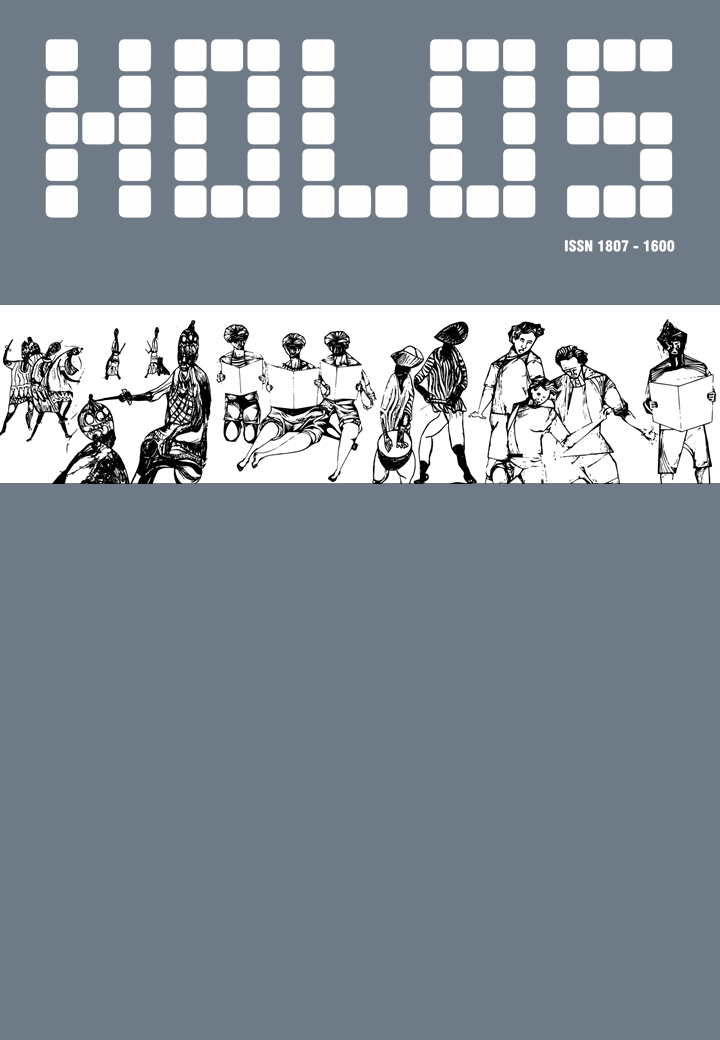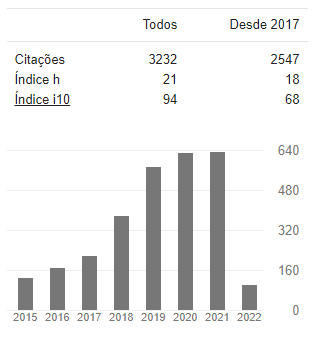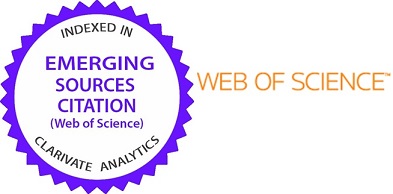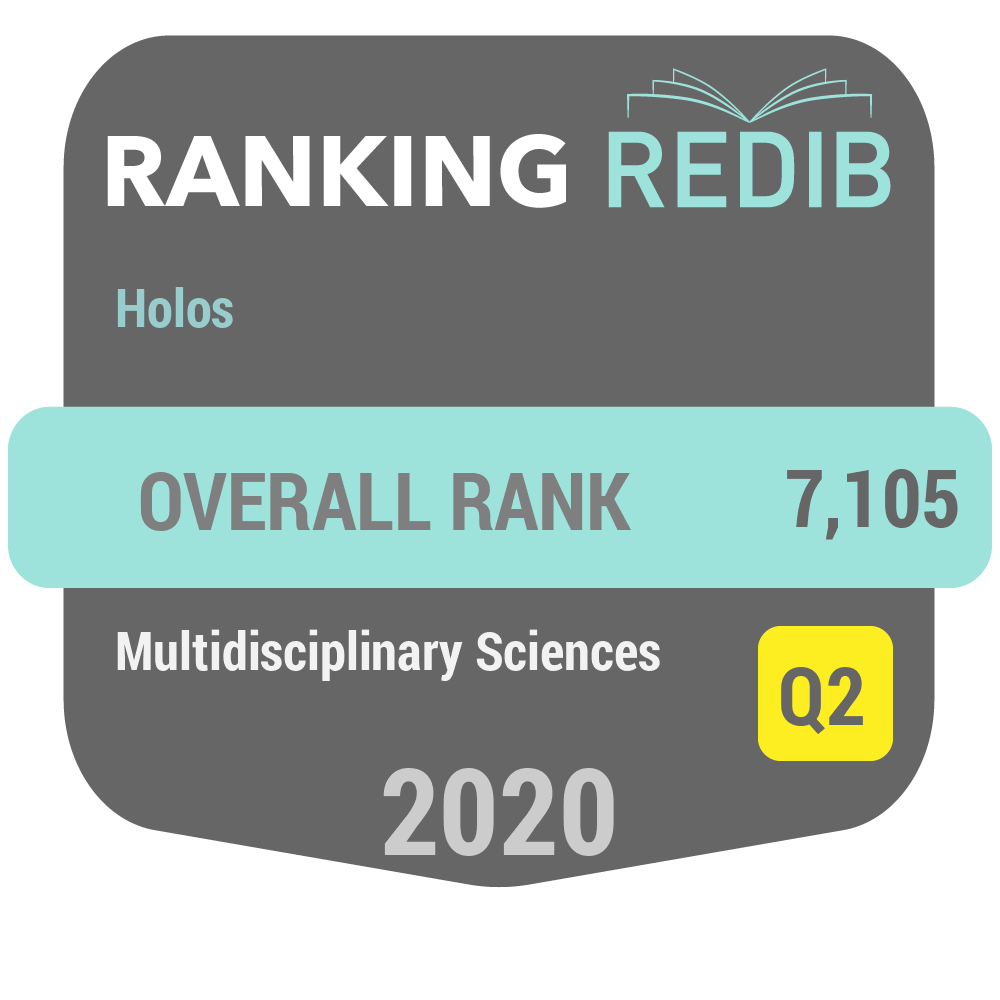Environmental monitoring of dredging at the Port of Angra dos Reis
DOI:
https://doi.org/10.15628/holos.2019.7752Palavras-chave:
Environmental monitoring, Dredging, Heavy metals, NutrientsResumo
Dredging activities in port areas are intended to expand the ports’ activities and maintain adequate depth in the access channels, berthing areas and basins of evolution. The environmental license granted for maintenance dredging in the port of Angra dos Reis demanded the continuous monitoring of water and sediment variables in the area directly influenced. Dredging is known to impact the environment, and an intensive monitoring program is an important tool for environmental protection. This study monitored water and sediments in the dredging and disposal area before, during and after dredging operations. The water was analysed by measurement of dissolved oxygen, turbidity, temperature, salinity, pH, transparency and TSS. To study the sediment in the disposal area, surface samples were collected for analysis of the parameters listed in CONAMA Resolution 344/2004. The results revealed that there was no influence of dredging on the water in the disposal area. However, in the dredging area, an increase in turbidity, TSS and phosphorus was observed during the dredging. In the evaluation of the sediments, increases in the concentration of sandy sediments and in the concentrations of some metals were observed. However, no compound increased in concentration to a level above that specified in CONAMA 344/2004.Downloads
Referências
Góes, F. H. A. Gerenciamento Ambiental de Dragagem e Disposição do Material Dragado, (2002). Rio de Janeiro: Planágua Semads/GTZ, Cooperação Técnica Brasil/ Alemanha, 35 pp.
IVIG – Instituto Virtual Internacional de Mudanças Globais, Universidade Federal do Rio de Janeiro (UFRJ), (2015). Gerenciamento ambiental das obras de dragagem do Porto de Angra dos Reis, Relatório Técnico, Rio de Janeiro.
Urban, S.R., A.X.R. Corrêa, C.A.F. Schettini, P.R. Schwingel, R.M. Sperb & C.M. Radetski. 2010. Physicochemical and ecotoxicological evaluation of estuarine water quality during a dredging operation. J. Soils Sediments, 10: 65-76.
USEPA (United State Environmental Protection Agency). 2007b. Inductively Coupled Plasma - Atomic Emission Spectroscopy. Method 6010C (SW-846). Revision 3. 34pp.
Wentworth, C. K. 1922. A scale of grade and class terms for clastic sediments. J. Geology, 30(5): 377-392.









































